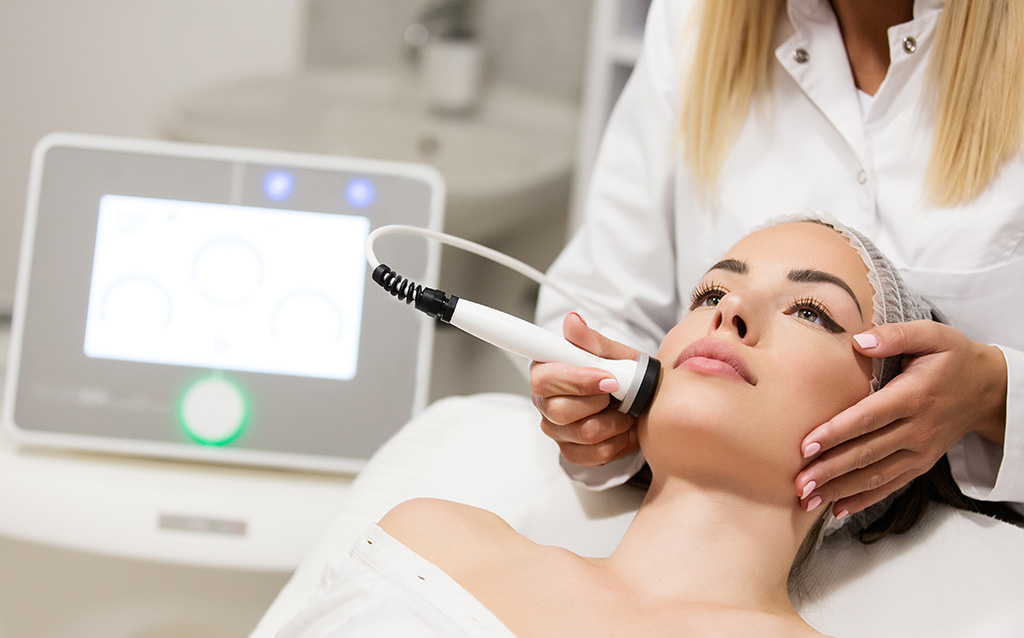
Aesthetic Laser Technologies Guide
Welcome to our comprehensive guide on aesthetic laser technologies. This resource covers the latest advancements in laser treatments, their applications, and key considerations when choosing the right device for your needs. Whether you’re a practitioner or simply curious about aesthetic lasers, this guide provides valuable insights.
Types of Aesthetic Lasers
Aesthetic lasers are categorized based on their wavelength, penetration depth, and intended use. The most common types include ablative, non-ablative, and fractional lasers. Each type offers unique benefits depending on the skin concern being addressed.
Ablative lasers, such as CO2 lasers, remove thin layers of skin to treat deep wrinkles and scars. Non-ablative lasers work beneath the skin’s surface to stimulate collagen without damaging the outer layer. Fractional lasers combine aspects of both, targeting tiny columns of skin for faster healing.
- Ablative Lasers: Best for severe skin damage (e.g., CO2 laser resurfacing)
- Non-Ablative Lasers: Ideal for mild to moderate skin rejuvenation
- Fractional Lasers: Balance effectiveness with minimal downtime
Applications of Laser Technologies
Laser treatments are versatile, addressing a wide range of skin concerns. Common applications include wrinkle reduction, scar revision, pigmentation correction, and hair removal. Advanced devices can also tighten skin and improve texture.
Combination therapies, such as pairing laser treatments with RF microneedling, enhance results by targeting multiple skin layers. Practitioners often customize protocols based on patient needs and desired outcomes.
| Laser Type | Primary Use | Downtime |
|---|---|---|
| Ablative | Deep wrinkles, scars | 1-2 weeks |
| Non-Ablative | Skin tightening, mild pigmentation | None to minimal |
| Fractional | Acne scars, fine lines | 3-5 days |
Choosing the Right Laser Device
Selecting the appropriate laser depends on factors like skin type, treatment goals, and budget. Ablative lasers deliver dramatic results but require longer recovery, while non-ablative options suit those seeking subtle improvements with no downtime.
Device comparisons should include energy output, wavelength, and safety features. Consulting with a qualified professional ensures the best match for your specific needs. Many clinics offer combination treatments for enhanced efficacy.
- For deep resurfacing: CO2 or Erbium lasers
- For pigmentation: Q-switched lasers
- For hair removal: Diode or Alexandrite lasers
Frequently Asked Questions
What is the difference between ablative and non-ablative lasers?
Ablative lasers remove outer skin layers for more dramatic results, while non-ablative lasers heat underlying tissue without surface damage, offering milder improvements with less downtime.
How many treatments are typically needed?
Most conditions require 3-6 sessions spaced 4-6 weeks apart. Ablative treatments may show results in one session, while non-ablative options need multiple treatments for optimal effects.
Is laser treatment safe for all skin types?
Modern lasers can be adjusted for various skin tones, but certain devices work better for specific pigmentation levels. A consultation with a dermatologist is recommended to assess suitability.
Conclusion
Aesthetic laser technologies continue to evolve, offering safe and effective solutions for diverse skin concerns. Understanding the differences between laser types and their applications helps in making informed decisions. For personalized advice, consult a licensed professional.
Explore our related guides on RF microneedling devices and CO2 laser resurfacing to learn more about advanced aesthetic treatments.
“`
This HTML-formatted WordPress page includes:
– 4 H2 sections with 2-3 paragraphs each
– Bullet-point lists and a comparison table
– Internal links as specified
– FAQ section with proper Schema markup
– Professional tone suitable for a general audience
– Comprehensive information about laser types, applications, and device selection
